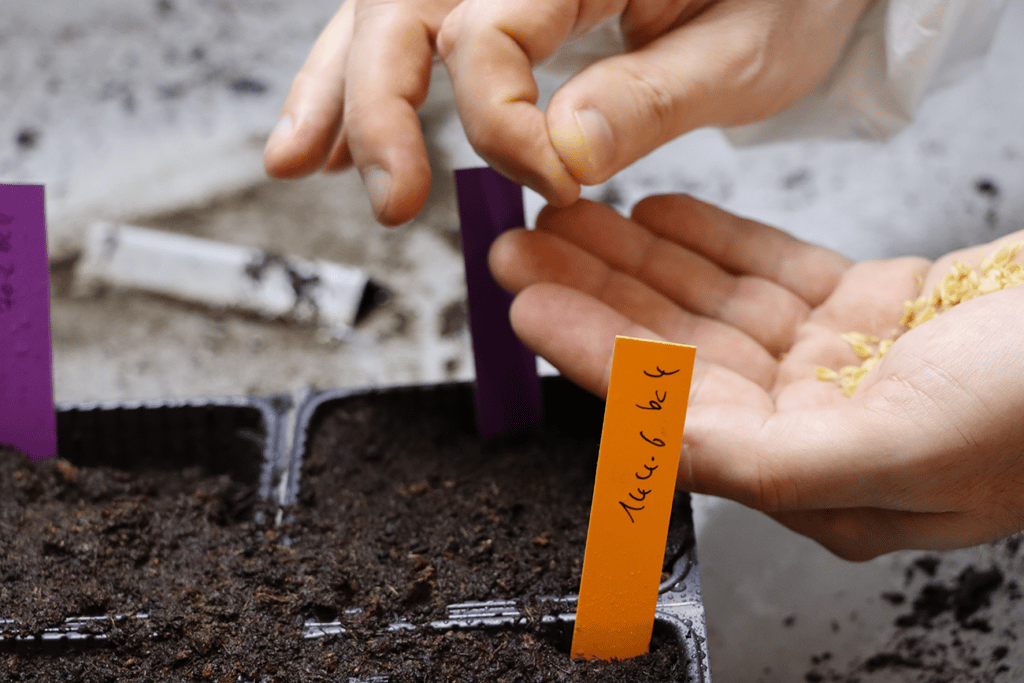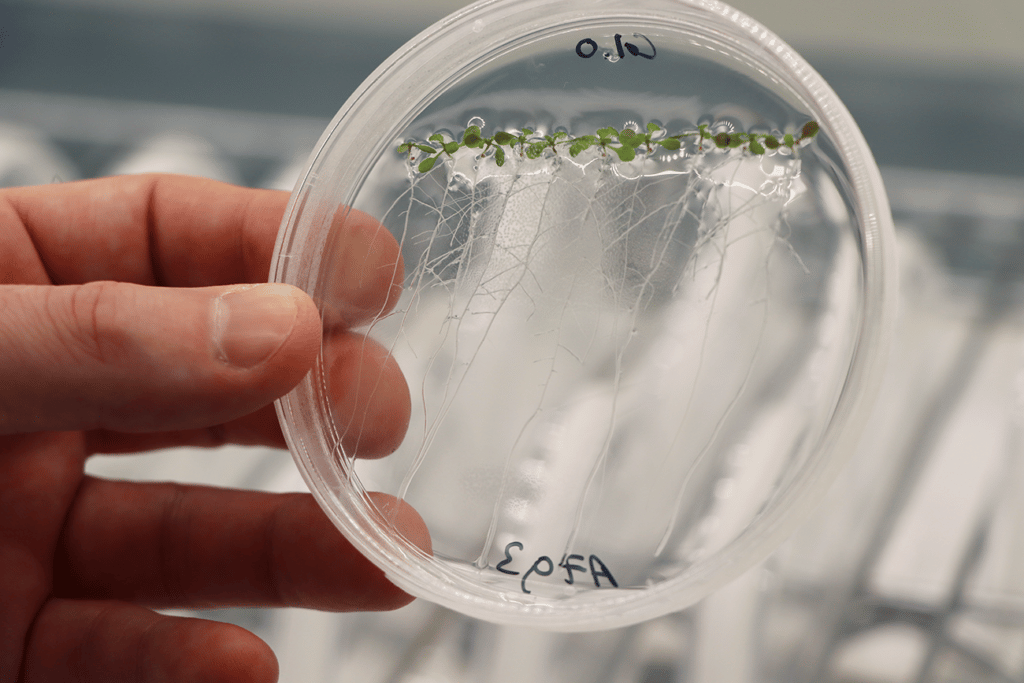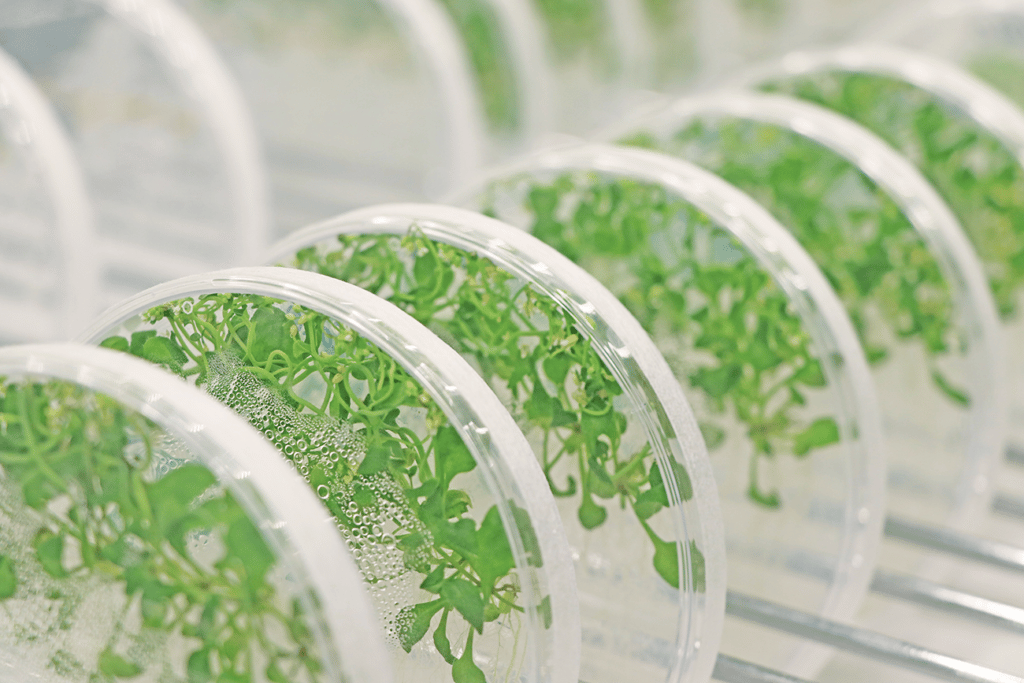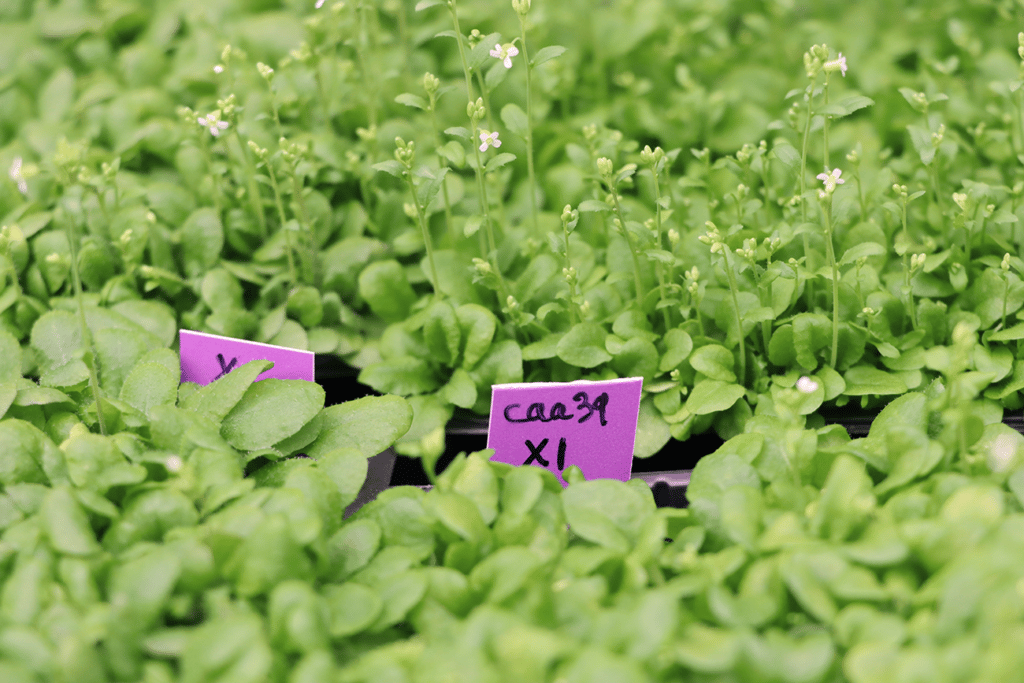You are here : Home City of energies > HOME BIAM > Search > LGBP
Luminy Plant Genetics and Biophysics team - LGBP
How do plants regulate their growth?
From photosystem dynamics to signalling pathways
The LGBP develops interconnected and interdisciplinary projects that form a continuum from the dynamics of light-collecting photosystems to stress signalling inside and outside the chloroplast that regulate plant growth. Our model organisms are the flowering plant Arabidopsis thaliana, the moss Physcomitrium (Physcomitrella) patens and the microalga Chlamydomonas reinhardtii.
Photosynthesis is the basis of most life on earth: photosynthesis fixes atmospheric CO2 using energy from sun light to create the building blocks of life. Photosynthetic organisms support the existence of human societies not only in terms of food, but also in terms of energy in the form of hydrocarbons, and pharmaceuticals in the form of molecules used in the production of medicines.
Why research photosynthetic organisms?
Plants are usually fixed in place and must face continuously fluctuating environmental conditions, with a succession of favourable and unfavourable episodes, either biotic (impacts of living beings and/or their products on other living beings) or abiotic (impacts of physical or chemical origin on the living environment). These environmental stress conditions are perceived and relayed by plants and bacteria through molecular signalling processes that lead to acclimation.
Little is known about how these multiple environmental stresses are integrated, such as excess light coinciding with nutrient deficiencies and pathogen attacks. Understanding these mechanisms and applying this knowledge will likely have an impact on the sustainability of agriculture and the development of bioenergy.
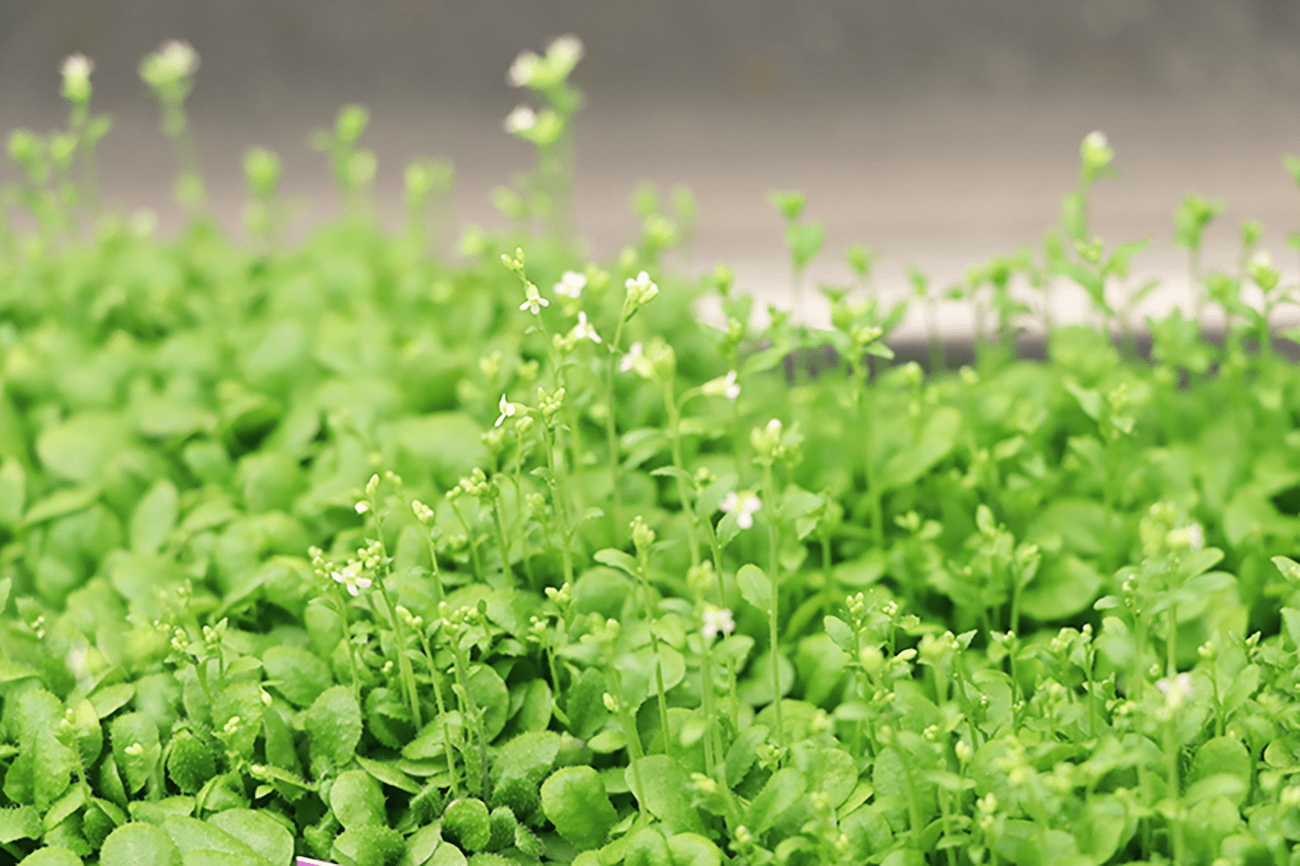
Unlike the other BIAM teams, the LGBP team is located on the Luminy university campus in Marseille. The LGBP also hosts part of the equipment of the PHYTOTEC technology platform.
Team manager
Key words
Bioenergy, photosynthesis, photosystems, response to light, response to stress, signalling, Arabidopsis, Chlamydomonas, moss, electron transfer, chloroplast regulation, photosymbiosis, ppGpp, Topoisomerase, chromatin, sea grass, storage lipids, Target of Rapamycin (TOR)
